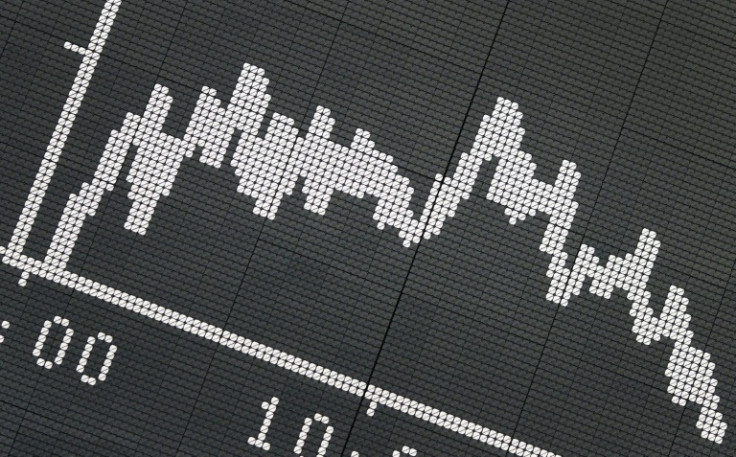Inflation Effects On Consumers: Americans Spent $395 More In January To Purchase Same Goods

KEY POINTS
- The typical American household spent $395 last month to purchase same goods they did in 2022
- Consumer prices for shelter rose by 7.9% over the past year
- The U.S. economy also only grew 2.7% from a previous estimate of 2.9%
Americans spent nearly $400 more in January to purchase the same goods they did last year amid rising inflation rates last month, according to calculations.
The typical American household spent $395 more last month to purchase the same goods and services they did in the same month in 2022 as the cost of food, rent and gas rose amid high inflation, Fox Business reported, citing new calculations from Moody's Analytics.
The inflation rate recorded a modest slowdown in recent weeks, falling to 6.4% in January, compared to 6.5% in December and 7.5% in January of last year, according to Statista.
That being said, the consumer price index rose 7.5% in January from last year, making it the fastest increase since February 1982 when inflation hit 7.6%. Additionally, consumer prices for shelter also increased 7.9% over the past year, the largest 12-month advance since June 1892 when consumer prices for shelter increased by 9%, as per the U.S. Labor Department.
Speaking with Fox Business, Seema Shah, chief strategist at Principal Global Investors, warned that the annual consumer price index may have yet to see its peak.
"U.S. annual CPI is the highest since 1982, and what's worse is that this likely isn't the peak," Shah said. "Higher-than-expected monthly gains in core CPI indicate continued underlying heat and will do nothing to relieve pressure on the Fed to tighten sharply and urgently."
In addition to rising inflation rates, the U.S. economy also grew less in the fourth quarter of 2022 than previously believed, only rising 2.7% from the previous estimate of 2.9%, CNN reported, citing the Commerce Department.
Despite high inflation rates and slower economic growth, first-time claims for unemployment insurance fell by 3,000 for the week ending on Feb. 18 to 192,000, data released Thursday by the Labor Department showed. Economists had been initially expecting 200,000 first-time unemployment applications.
Continuing claims, which are unemployment claims filed by people who received the benefits for more than a week, also dropped to 1.654 million for the week ending on Feb. 11 and 1.696 million the week before. Economists had been expecting at least 1.7 million continuing claims.

© Copyright IBTimes 2025. All rights reserved.






















